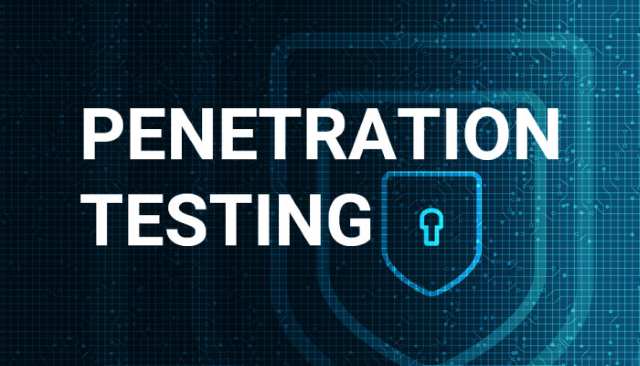The Ultimate Weapon Against Cybercrime: Pen Testing for a Safer World

Imagine a world where your most sensitive data, your financial information, and your personal secrets, are all laid bare for anyone to see. This isn’t a dystopian nightmare; it’s a harsh reality for organizations with inadequate security measures. Cybercriminals lurk in the shadows, constantly probing for weaknesses in our digital defenses. In this ever-evolving game of cat and mouse, pen testing emerges as a critical weapon in our arsenal.
What is Pen Testing?
Pen testing, also known as penetration testing, is a proactive security exercise where ethical hackers attempt to exploit vulnerabilities within an organization’s IT infrastructure. These ethical hackers, or penetration testers, employ the same tools and techniques as real-world attackers, but with a crucial difference: they do so with the organization’s permission and knowledge.
Who Performs Pen Tests?
Pen tests are typically carried out by specialized third-party security firms or internal security teams with dedicated pen testing expertise. Hiring a reputable firm offers access to a wider range of expertise and specialized tools, while an internal team can provide better context and understanding of the organization’s specific environment.
Why is Pen Testing Important?
The importance of pen testing cannot be overstated. In today’s digital landscape, where cyberattacks are a daily occurrence, relying solely on reactive measures is akin to locking your door after a break-in. Pen testing helps organizations:
- Identify and prioritize vulnerabilities: Pen tests provide a comprehensive overview of potential security weaknesses, allowing organizations to focus their resources on patching the most critical vulnerabilities first.
- Reduce the risk of cyberattacks: By proactively addressing vulnerabilities, organizations can significantly reduce the risk of successful cyberattacks, protecting valuable data and assets.
- Improve security posture: Pen tests provide valuable insights into the effectiveness of existing security controls and help organizations identify areas where they can improve their overall security posture.
- Meet compliance requirements: Many industries have strict compliance requirements for data security, and pen testing can be a key component of demonstrating compliance.
Types of Pen Tests
There are several different types of pen tests, each tailored to specific needs and environments. Here are some of the most common:
- Black Box Testing: In this type of test, the pen tester has minimal information about the target system, mimicking the actions of an external attacker.
- White Box Testing: The pen tester has complete knowledge of the target system, including its architecture, configuration, and source code, simulating an insider threat.
- Gray Box Testing: The pen tester has some information about the target system, but not as much as in white box testing.
- Web Application Testing: This type of test focuses on identifying vulnerabilities in web applications, such as SQL injection and cross-site scripting (XSS).
- Network Penetration Testing: This type of test focuses on identifying vulnerabilities in networks, such as weak passwords and misconfigured firewalls.
- Wireless Network Penetration Testing: This type of test focuses on identifying vulnerabilities in wireless networks, such as weak encryption and open access points.
- Physical Penetration Testing: This type of test involves physically accessing an organization’s facilities and attempting to exploit vulnerabilities in its physical security controls.
How a Typical Pen Test is Carried Out
A typical pen test follows a structured process, consisting of several key phases:
- Planning and Scoping: The organization defines the scope of the pen test, including the systems and applications to be tested, the types of tests to be performed, and the timeline for the project.
- Information Gathering: The pen tester gathers information about the target systems, including their architecture, configuration, and vulnerabilities.
- Vulnerability Assessment: The pen tester uses various tools and techniques to identify and assess vulnerabilities in the target systems.
- Exploitation: The pen tester attempts to exploit identified vulnerabilities to gain access to the target systems.
- Reporting and Remediation: The pen tester documents their findings in a comprehensive report and provides recommendations for remediation. The organization then takes steps to address the identified vulnerabilities.
Benefits of Pen Testing:
- Improved security posture
- Reduced risk of cyberattacks
- Increased compliance
- Enhanced reputation
- Peace of mind
Challenges of Pen Testing:
- Cost
- Complexity
- Resource limitations
- Communication and coordination
Pen testing is a critical tool for organizations of all sizes in today’s dynamic security landscape. By proactively identifying and addressing vulnerabilities, organizations can significantly reduce the risk of cyberattacks and protect their valuable data and assets.








